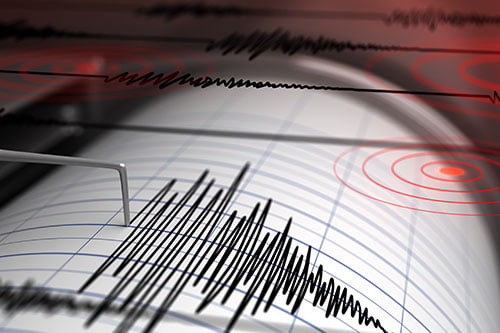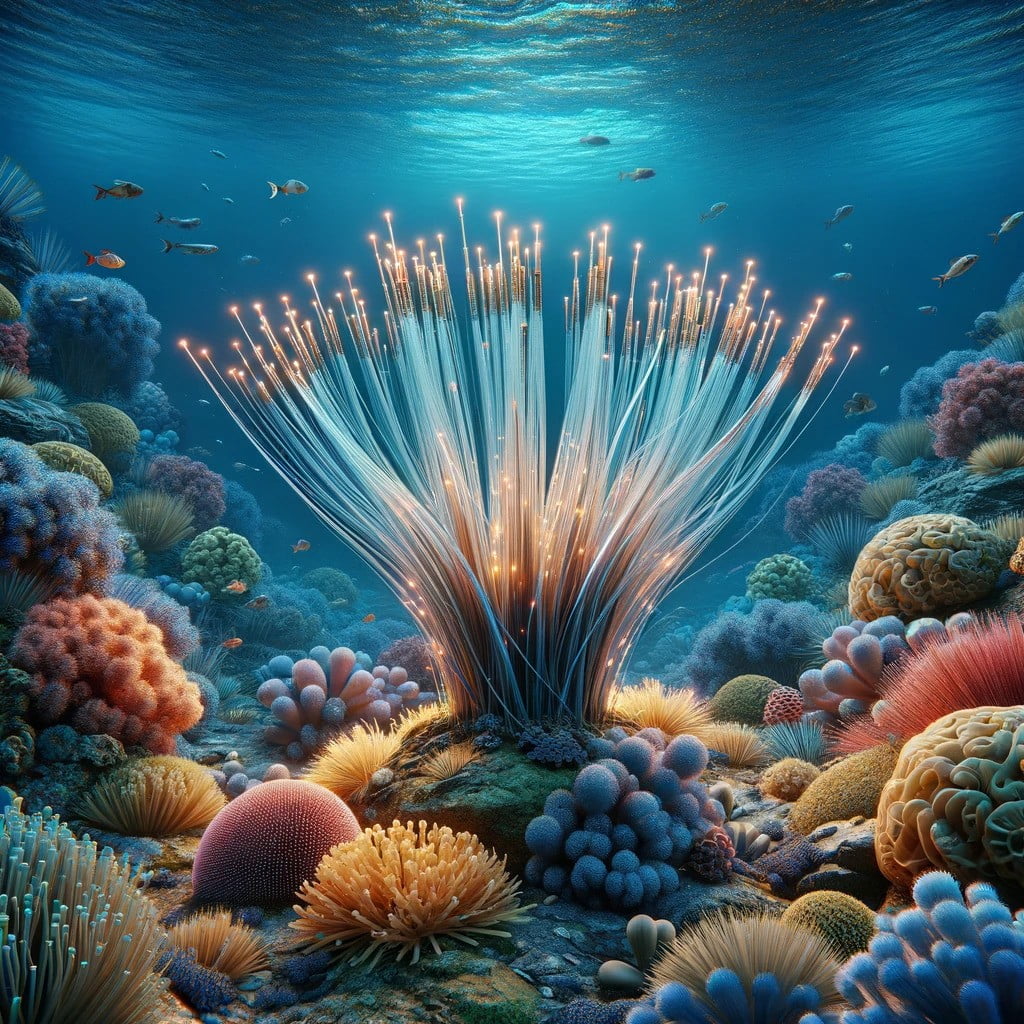Alcatel-Lucent (Euronext Paris and NYSE: ALU) is to upgrade the MAYA-1 submarine cable system – which spans 4,400km distance in a collapsed ring from Hollywood, Florida, US, to Tolu in Colombia – quadrupling the activated data capacity to address growing demand for bandwidth-intensive services, as well as position the Caribbean as a critical hub for communications between North and South America.
The 40 Gigabits per second (40G) subsea system will use the high scalability of Alcatel-Lucent's market-leading single carrier coherent technology to lay the foundation for potential upgrade to 100G capabilities in the future.
Donnie Forbes, Chairman of the MAYA-1 Upgrade #4 Working Group said: “Investing in new capacity on the Maya-1 system will enable the system owners to address the persistent demand for capacity allowing us to satisfy current demand and giving the flexibility to upgrade the system in the future to 100G to keep pace with ever-growing capacity requirements.
Philippe Dumont, President, Alcatel-Lucent Submarine Networks, said: “The communication infrastructure in Central and Latin America must be able to cope with increased broadband access requirements and with secure content delivery. Our solution offers scalability for staged upgrades that meet significant bandwidth increments over time, while protecting investments in the subsea plant.”
About the Alcatel-Lucent solution
The solution that will be provided to MAYA-1 is based on the 1620 Light Manager submarine line terminal equipment, which uses single-carrier coherent technology to provide the most efficient use of the available optical spectrum. Designed to operate on different channel spacing grids, with various modulation formats and channel bit rates co-existing on the same platform, the flexibility of the 1620 LM ensures the highest achievable capacity in the most cost-effective manner. It will also feature built-in supervision function, allowing for managing the wet plant along with the management system.
About MAYA-1
MAYA-1 is a submarine telecommunications cable system owned by a consortium of telecoms companies that was originally constructed in the year 2000. The system connects seven strategic landing points in the Caribbean, including Hollywood (USA), Cancun (Mexico), Puerto Cortes (Honduras), Puerto Limon (Costa Rica) Half Moon Bay (Cayman Islands), Maria Chiquita (Panama) and Tolu (Colombia) in a collapsed ring configuration. The system has historically been operated as an SDH Ring however it is now also configured to provide Direct Wavelength Access with various interface types available in addition to the original SDH Ring.











